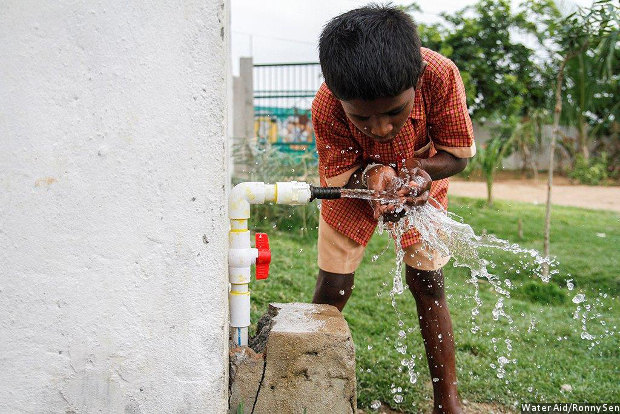More Children Die Of Pneumonia, Diarrhoea In India Than Elsewhere, But There Is Hope
Diarrhoea--associated with contaminated drinking water--is responsible for 10% of all deaths among children under five. India has improved its score on tackling diarrhoea and pneumonia over the past three years, but did worse than its neighbours on some counts, such as the proportion of children getting antibiotics and the provision of reviving salts, according to a new study.
As many as 296,279 children--5% of the world’s total under the age of five to die of pneumonia and diarrhoea in 2015-16--were from India, according to a 15-country study conducted by USA’s John Hopkins University, a pointer to how life has become better for the country’s children and how much more it still needs to be.
India has improved its score from 33 points in 2013 to 41 in 2016, according to the study, largely because children were better vaccinated and breastfeeding practices improved. Yet, India did worse than neighbours Pakistan and Bangladesh on some counts, such as the proportion of children getting antibiotics and the provision of oral-rehydration solution (ORS) and zinc.
Every year, 5.9 million children die worldwide before their fifth birthday. Nine percent die due of diarrhoea and 16% die of pneumonia, according to the study, Progress Report on Pneumonia and Diarrhoea.
Up to 65% of Indian children were immunised in 2013-14, up from 35.5% in 1992-93, IndiaSpend reported in July 2015.
Source: Ministry of Health and Family Welfare
The rate of children being breastfed increased from 46% in 2005-06 to 65% in 2013-14, according to government data.
India has a high percentage of children who are exclusively breastfed in the first six months (65%), followed by Tanzania (59%) and Bangladesh (55%), according to the John Hopkins University study.
Source: Progress Report on Pneumonia and Diarrhoea, 2013, 2015, 2016 figures in percentage
Children receiving care from a health provider for pneumonia increased from 69% in 2013 to 77% in 2016. Similarly, children who received ORS for diarrhoea went up from 26% to 34% over the same period.
The data for India used in the study are dated (from 2007-08). Data from the Rapid Survey on Children and the National Family Health Survey-3 indicate an improvement in the proportion of children who received ORS, from 26.2% in 2005-06 to 54% in 2013-14.
In unstable countries, such as Afghanistan and Sudan, 64% and 59% of children, respectively, received antibiotics for pneumonia. With 121.3 million children (under the age of 5) getting antibiotics, or 29% of all children, as we said, India did worse than neighbours Pakistan and Bangladesh, where 41.5% and 34.2% of children, respectively, received antibiotics for pneumonia, according to the study.
(Salve is an analyst with IndiaSpend.)
We welcome feedback. Please write to respond@indiaspend.org. We reserve the right to edit responses for language and grammar.
__________________________________________________________________
“Liked this story? Indiaspend.org is a non-profit, and we depend on readers like you to drive our public-interest journalism efforts. Donate Rs 500; Rs 1,000, Rs 2,000.”



